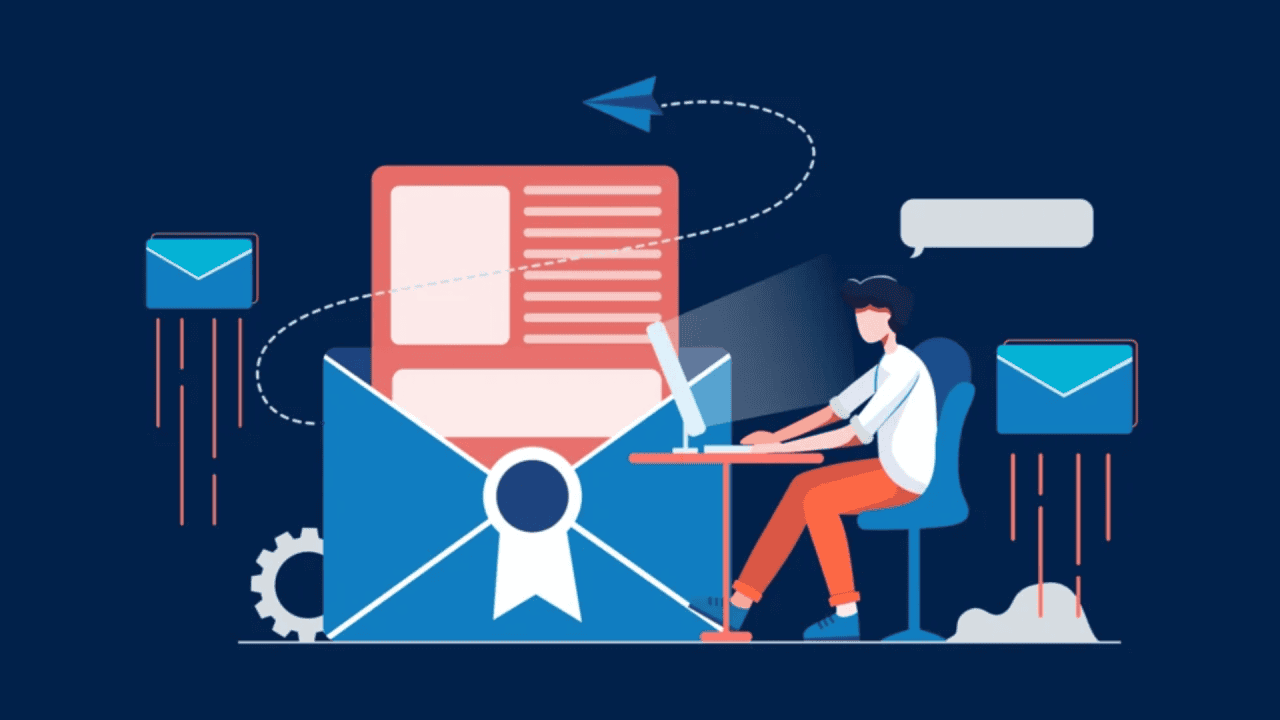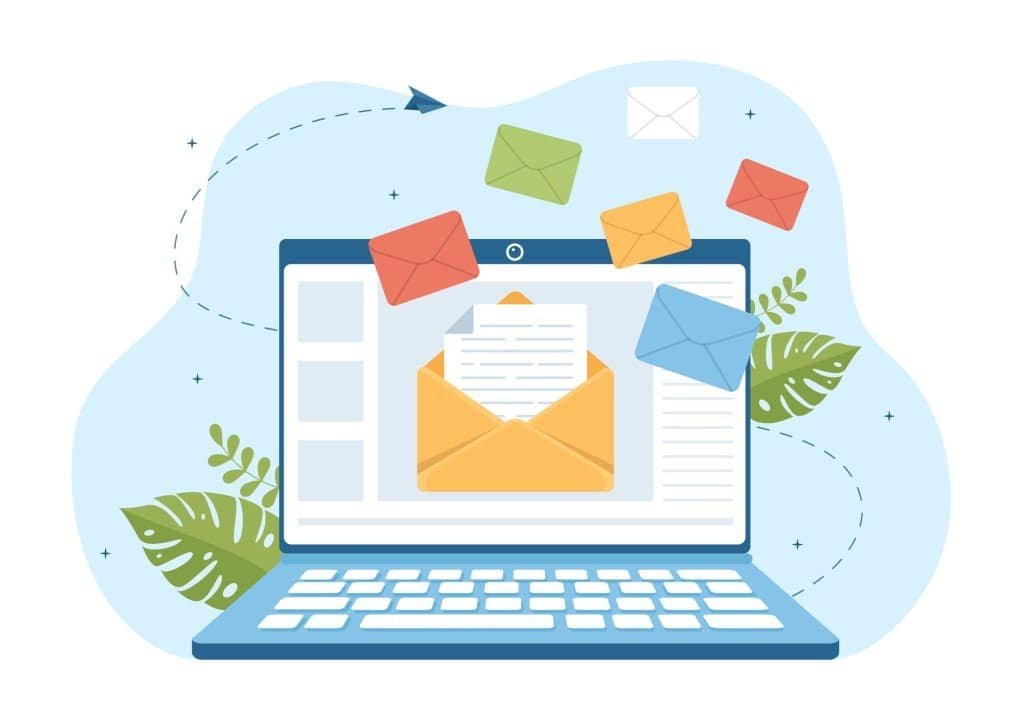Hey man! Let’s talk email marketing—not the basic stuff, but the strategies that truly elevate your game. We’re diving deep into advanced tactics used by seasoned professionals to squeeze every ounce of potential from your email campaigns. Think of this as your insider’s guide to email marketing mastery. With the right approach, you can engage your audience in ways that drive conversions and foster loyalty. To truly dominate your email marketing, it’s essential to leverage data analytics and segmentation to craft personalized messages that resonate with your subscribers. By continuously testing and optimizing your strategies, you’ll ensure your campaigns consistently deliver outstanding results. From segmentation and personalization to leveraging automation, these strategies can transform how your audience engages with your content. Additionally, incorporating the right email marketing tools for success can streamline your efforts and provide valuable insights to help refine your approach. Get ready to unlock the full potential of your email campaigns and drive real results! By harnessing the right email marketing features and benefits, you can effectively segment your audience and tailor messages that resonate. This level of customization not only boosts engagement rates but also drives conversions like never before. Embracing automation and A/B testing will further refine your approach, ensuring that each campaign is optimized for success.
1. Email Revenue: Setting the Stage
First things first, let’s talk about what success actually looks like. Did you know that a well-oiled email marketing machine should be contributing a significant chunk—at least 20%—of your e-commerce brand’s total revenue? That’s right! Some brands even see email pulling in a whopping 40%. This underscores the immense power of email when done right. To harness this potential, it’s crucial to focus on strategies that not only engage your audience but also drive conversions. By segmenting your email lists and personalizing content, you can significantly improve customer retention and lifetime value. Ultimately, maximizing impact with email marketing can turn your campaigns into a powerhouse for sustaining growth and profitability in your business.
2. Campaigns vs. Flows: Striking the Perfect Balance
Now, let’s break down the two heavyweights of email marketing: campaigns and flows.
- Campaigns are your one-time blasts, like those irresistible holiday promotions or exciting product launch announcements. Think of them as your big, attention-grabbing moments.
- Flows, on the other hand, are your automated workhorses, triggered by specific actions or behaviors. Imagine a welcome series that greets new subscribers or an abandoned cart email gently nudging a customer back to complete their purchase.
The key here is balance. Both campaigns and flows should be contributing relatively equal amounts to your overall email revenue. This ensures you’re nurturing your audience through personalized automation while also seizing those strategic one-off opportunities.

3. Segmentation: The Power of Precision
Gone are the days of batch-and-blast emails. Today’s email landscape demands precision, and that’s where segmentation reigns supreme. Segmenting your list means dividing your audience into smaller, more targeted groups based on shared characteristics—demographics, purchase history, engagement levels, you name it! This allows you to tailor your messaging to resonate with each segment’s specific interests and needs, maximizing engagement and minimizing the dreaded spam folder fate.
4. Engagement-Based Segmentation: A Must-Have
One of the most potent forms of segmentation is engagement-based. Remember, sending to everyone on your list indiscriminately is a recipe for disaster. You need to focus on those who are actively opening, clicking, and engaging with your emails. This is where the magic of the 30-60-90-120-day engaged segments comes in.
Think of these segments like engagement tiers:
- 30-day engaged: subscribers who’ve interacted with your emails within the last 30 days. This is your most active and receptive group.
- 60-day engaged: Subscribers who haven’t interacted within the last 30 days but have within the last 60. They might need a little re-engagement nudge.
- 90-day engaged: Subscribers who haven’t interacted within the last 60 days but have within the last 90. They might need even more tailored messaging to rekindle their interest.
- 120-day engaged: Subscribers who haven’t interacted within the last 90 days but have within the last 120. This group needs extra care to avoid falling off the radar completely.
By segmenting your list based on engagement levels, you can send highly targeted emails that are more likely to be opened, clicked, and acted upon. This keeps your deliverability high and your subscribers happy.
5. Cleaning Your List: Less is More
Now, before you get carried away with segmentation, let’s talk about list hygiene. A bloated list full of inactive subscribers is not doing you any favors. In fact, it’s actually hurting your deliverability and costing you money. Email service providers (ESPs) typically charge based on the number of contacts you have, so why pay for subscribers who aren’t engaging? Regularly cleaning your list—deleting or suppressing inactive subscribers—is crucial for maintaining a healthy sender reputation and optimizing your email marketing budget.

6. Campaign Frequency: Finding Your Sweet Spot
So, how often should you be sending those attention-grabbing campaigns? While the exact frequency depends on your audience and industry, a good rule of thumb is to aim for 2-4 campaigns per week. Remember, quality trumps quantity. Each campaign should be carefully crafted and segmented to deliver maximum impact. Don’t overwhelm your subscribers with too many emails, but also don’t let them forget about you.
7. Content Diversification: Keeping Things Fresh
To keep your subscribers engaged and excited about your emails, it’s essential to diversify your content. Don’t just focus on promotional emails. Sprinkle in a mix of valuable content, including:
- Product launches: Keep your audience in the loop about your latest and greatest offerings.
- Holiday offers: Tap into the festive spirit with irresistible deals and promotions.
- Flash sales: Create a sense of urgency and excitement with limited-time offers.
- Current events: Show your audience you’re relevant and relatable by connecting your brand to current events.
- Social proof: Showcase customer testimonials and reviews to build trust and credibility.
- Influencer partnerships: Leverage the power of influencers to reach a wider audience.
- Educational content: Share valuable tips, guides, and resources related to your industry or niche.
By diversifying your content, you’ll keep your subscribers guessing and coming back for more.
8. Deliverability Monitoring: The Health Checkup
Deliverability is the lifeblood of email marketing. It’s the measure of how successfully your emails reach your subscribers’ inboxes. Keeping a close eye on your deliverability metrics is essential for long-term success. Here’s a quick guide to interpreting your open rates:
- 20% or higher: You’re in good shape! Your emails are landing in inboxes and engaging your audience.
- 10-20%: There’s room for improvement. You might need to refine your segmentation, messaging, or sending practices.
- Less than 10%: Red alert! This indicates a serious deliverability issue that needs immediate attention.
9. Content Recycling: Giving Your Top Performers a Second Life
Don’t let your best-performing content gather dust in the archives! If an email resonates exceptionally well with your audience, consider repurposing it into an automated flow for new subscribers who haven’t seen it yet. This ensures your most engaging content is consistently reaching a wider audience.

10. Resending to Non-Openers: Maximizing Reach
Sometimes, even the best emails get lost in the inbox shuffle. That’s why resending to non-openers can be a highly effective tactic for boosting your campaign’s reach. The key here is to switch up your subject line and send time to grab the attention of those who missed the first email. Just be mindful of your overall sending frequency to avoid overwhelming your subscribers.
11. AMP: The Future of Interactive Email
Get ready for the next level of email engagement! AMP (Accelerated Mobile Pages) is transforming email from static text into interactive experiences. With AMP, you can create dynamic content layouts, embedded media, and even interactive elements like product carousels—all within the email itself! This technology is still relatively new, but it has the potential to revolutionize the way brands connect with their audiences through email.
Conclusion
Congratulations! You’ve just unlocked a treasure trove of advanced email marketing best practices. By implementing these strategies, you’ll be well on your way to achieving unprecedented email marketing success. Remember, email marketing is a constantly evolving landscape. Stay curious, experiment with new tactics, and always strive to deliver value to your subscribers. And remember, the journey doesn’t end here. Keep learning, keep growing, and keep those emails flowing!
FAQs
What’s the best way to determine my ideal campaign sending frequency? The sweet spot for sending frequency varies based on your audience and industry. Start by analyzing your current engagement metrics. If your open and click-through rates are consistently high, you might be able to increase your frequency without negative consequences. However, if you see a decline in engagement, it might be a sign to scale back. A/B testing different sending frequencies can also help you find the perfect balance for your audience.
How can I improve my email deliverability? Deliverability is a complex beast, but here are some key factors that influence it:
- List hygiene: Regularly clean your list and remove inactive subscribers.
- Engagement: Focus on sending relevant and engaging content that encourages opens and clicks.
- Sender reputation: Avoid spammy practices like using misleading subject lines or sending to purchased lists.
- Authentication: Set up proper email authentication protocols like SPF and DKIM to ensure your emails are coming from a legitimate source.
What are some creative ways to use AMP in my emails? AMP opens up a world of possibilities for interactive email experiences. Here are a few ideas to get your creative juices flowing:
- Dynamic content layouts: Create emails that adapt to different screen sizes and devices for optimal viewing.
- Embedded media: Showcase videos, GIFs, and other multimedia content directly within your emails.
- Interactive elements: Add interactive elements like polls, quizzes, and games to boost engagement.
- Product carousels: Allow subscribers to browse multiple products without leaving their inbox.
Remember, email marketing is all about building relationships and delivering value. By staying informed, experimenting, and prioritizing your subscribers’ experience, you’ll unlock the true power of this marketing channel. Happy emailing!

